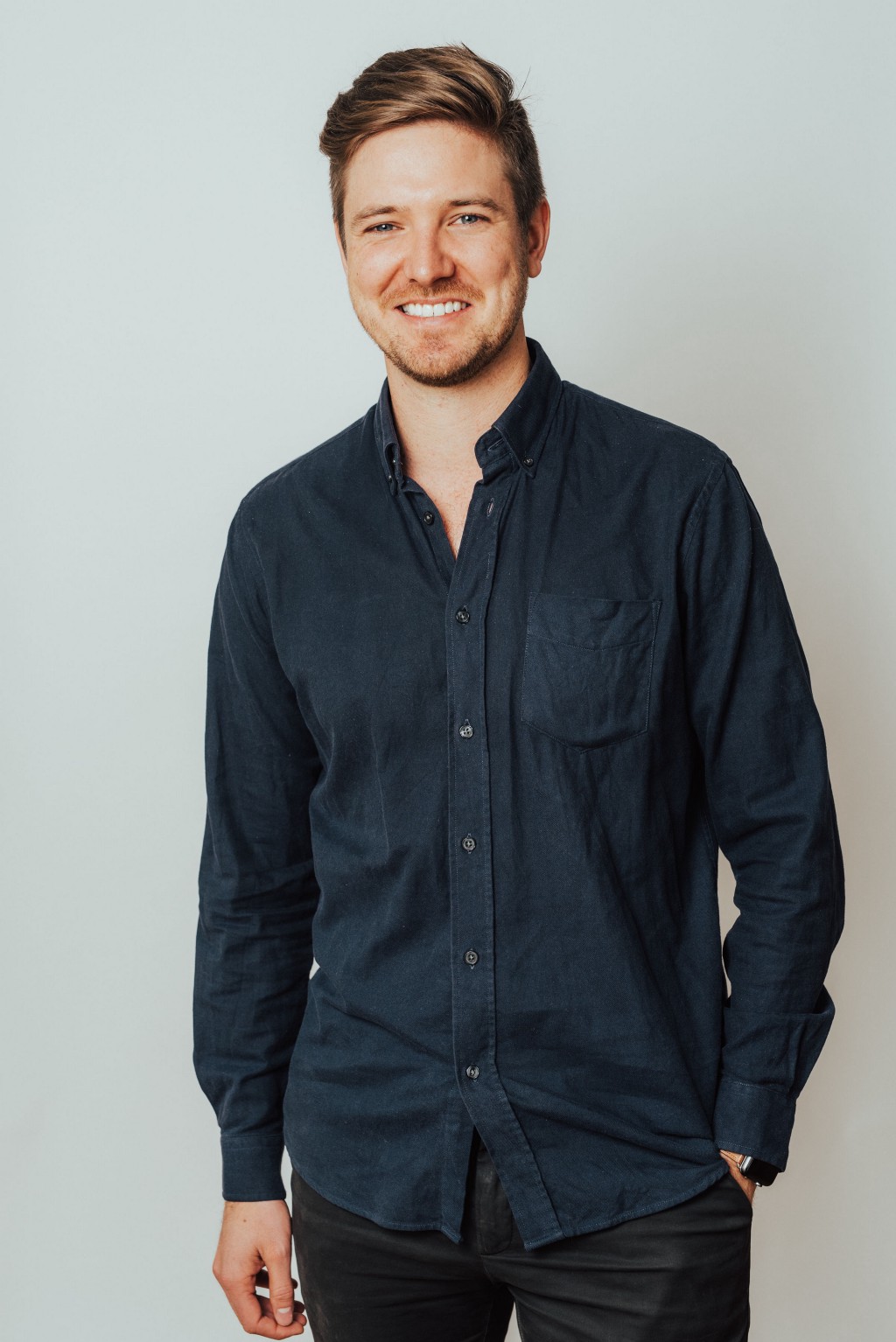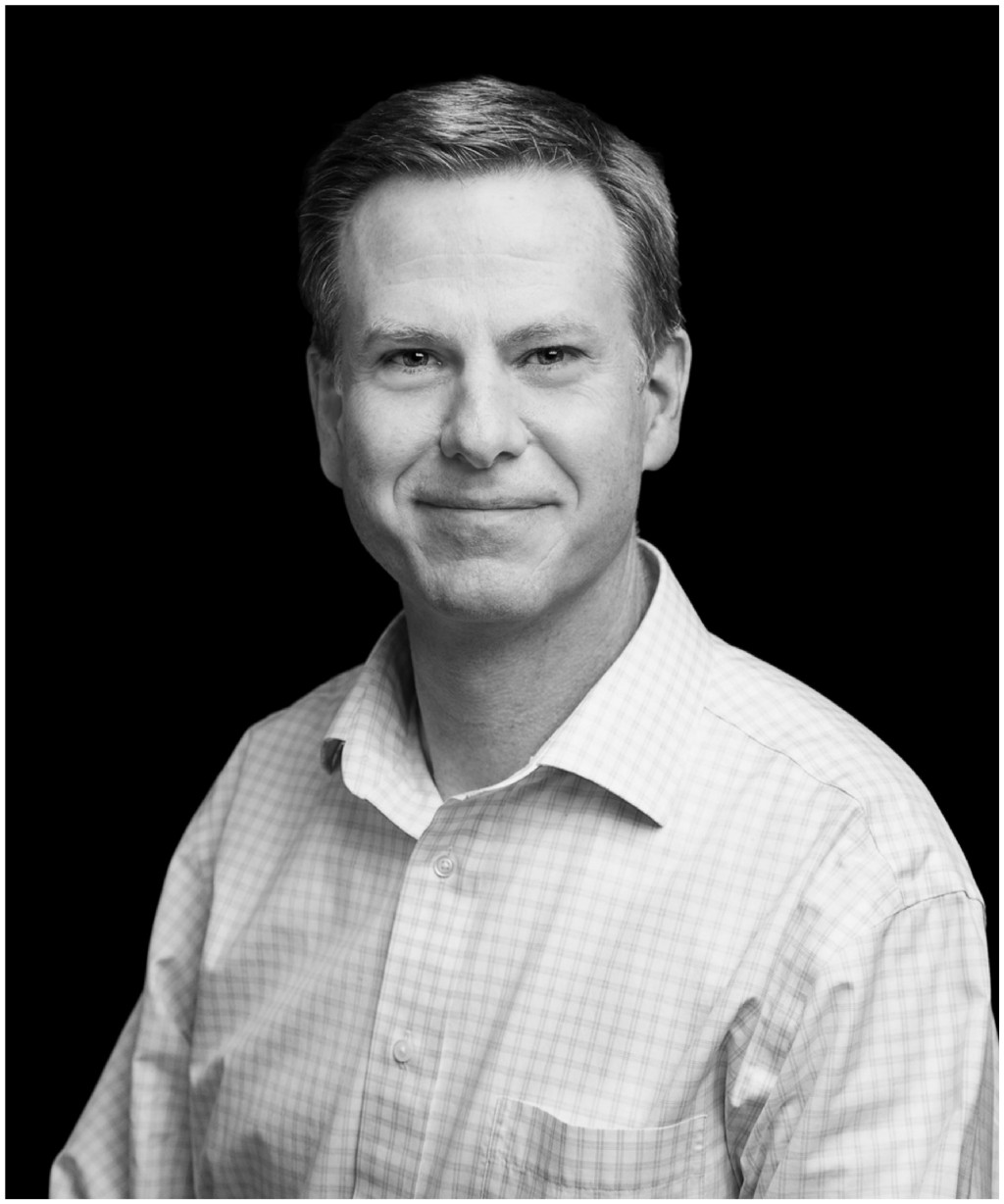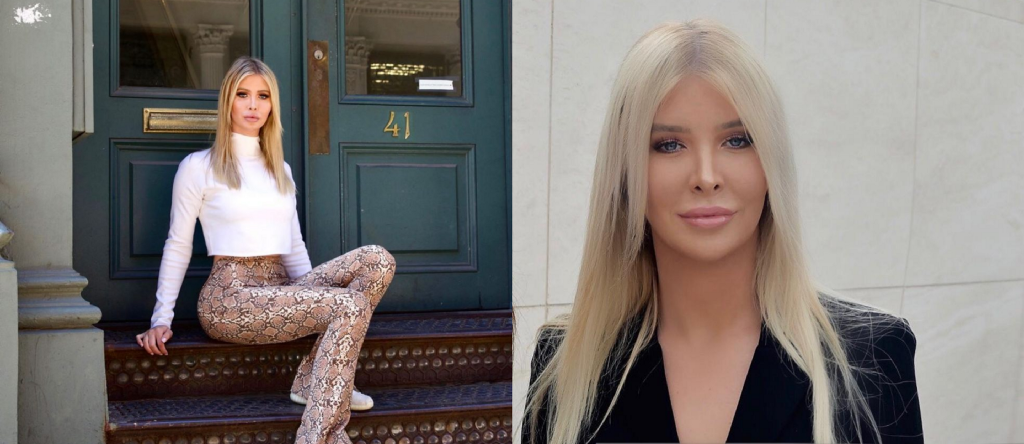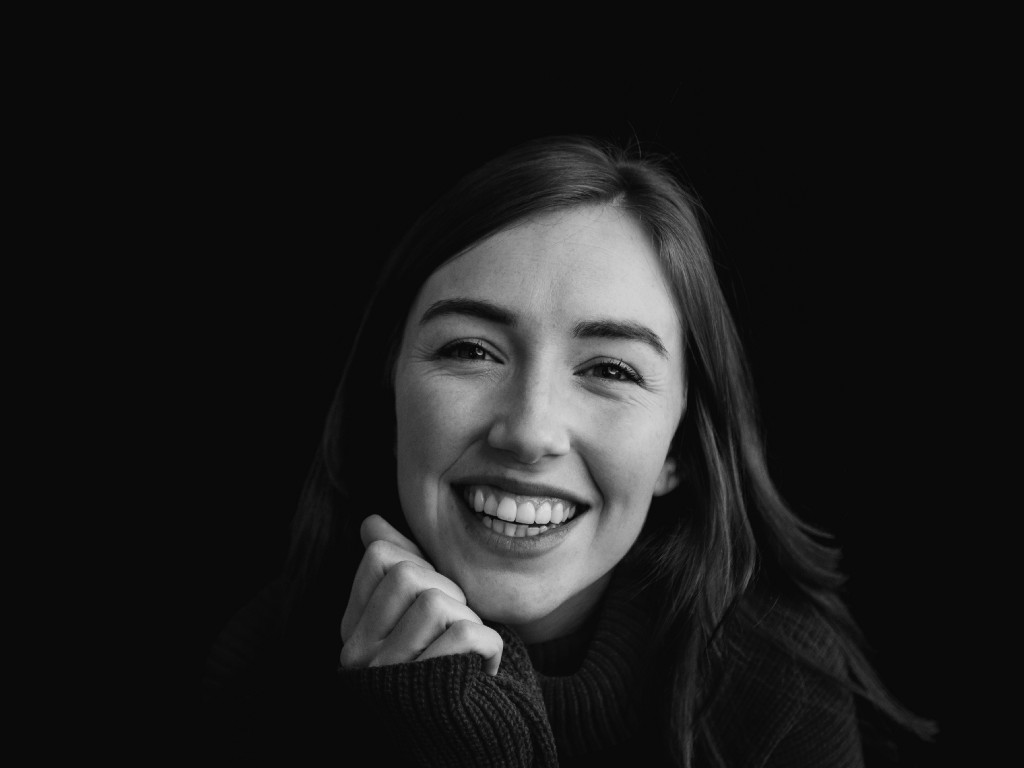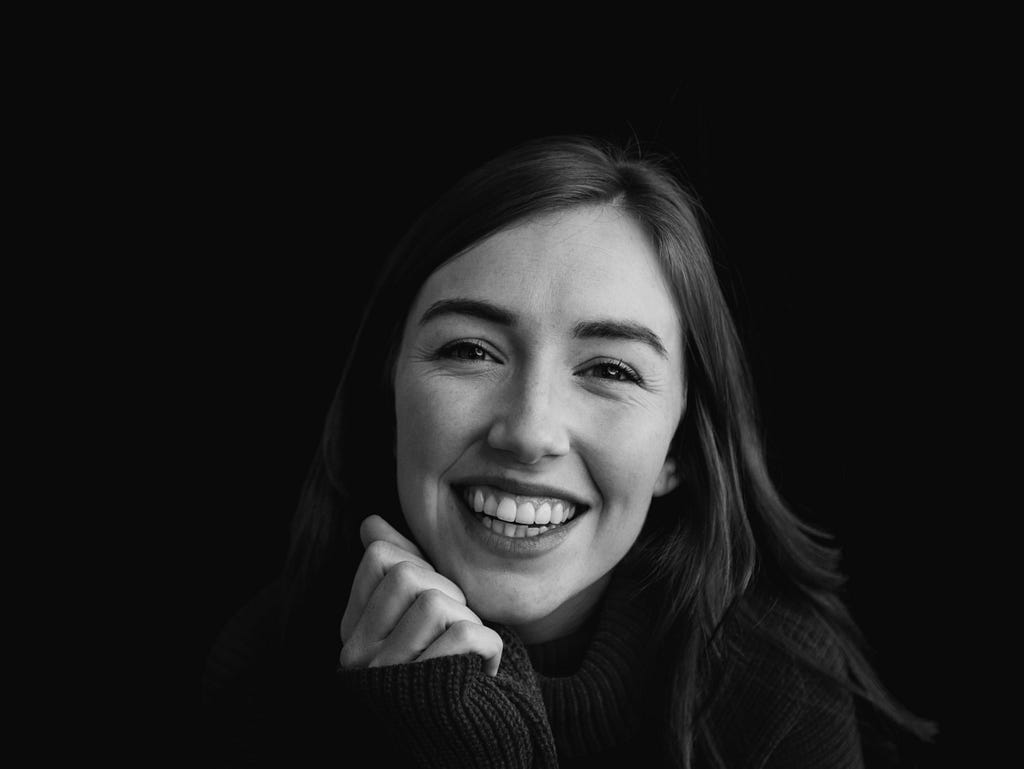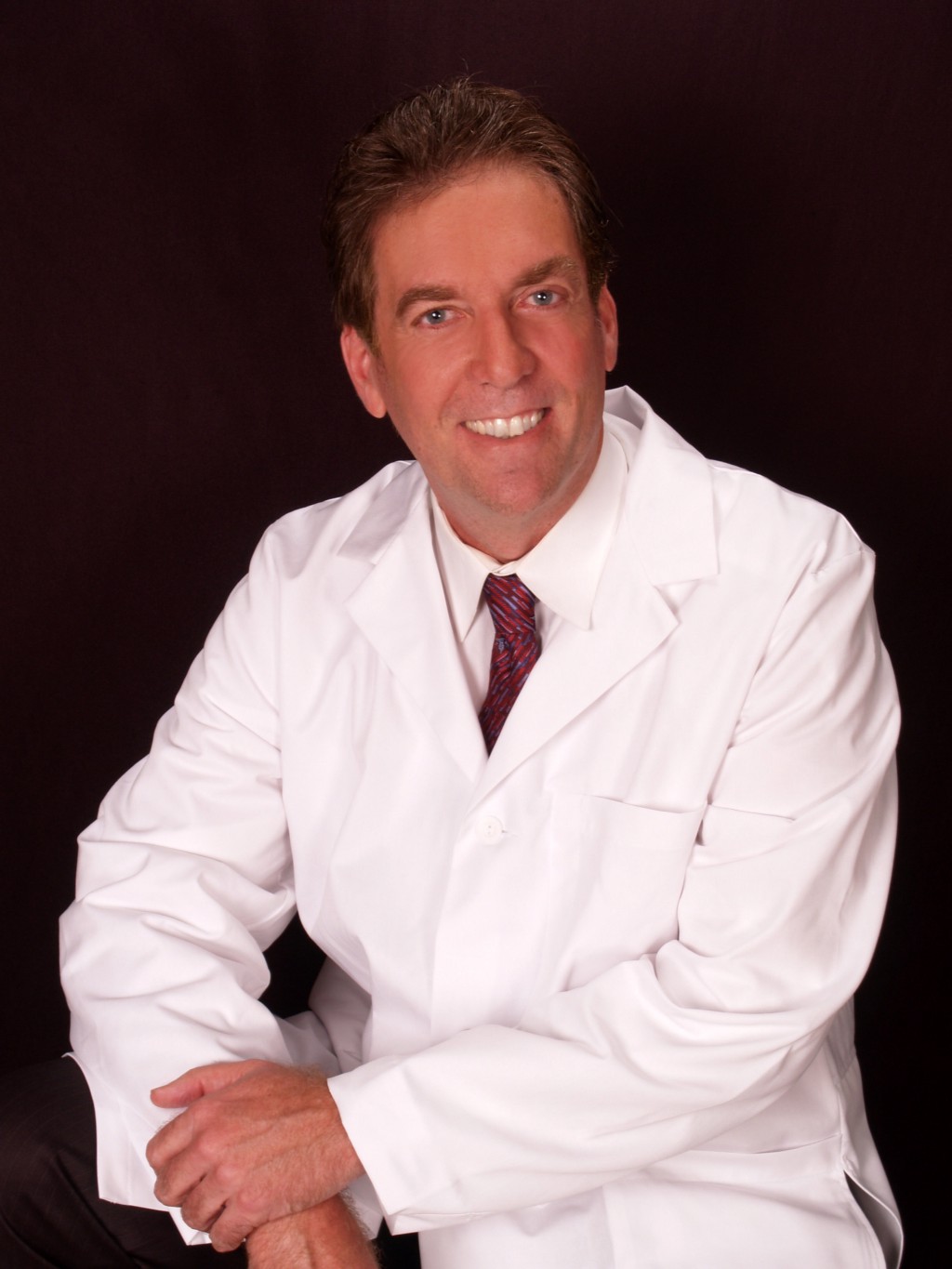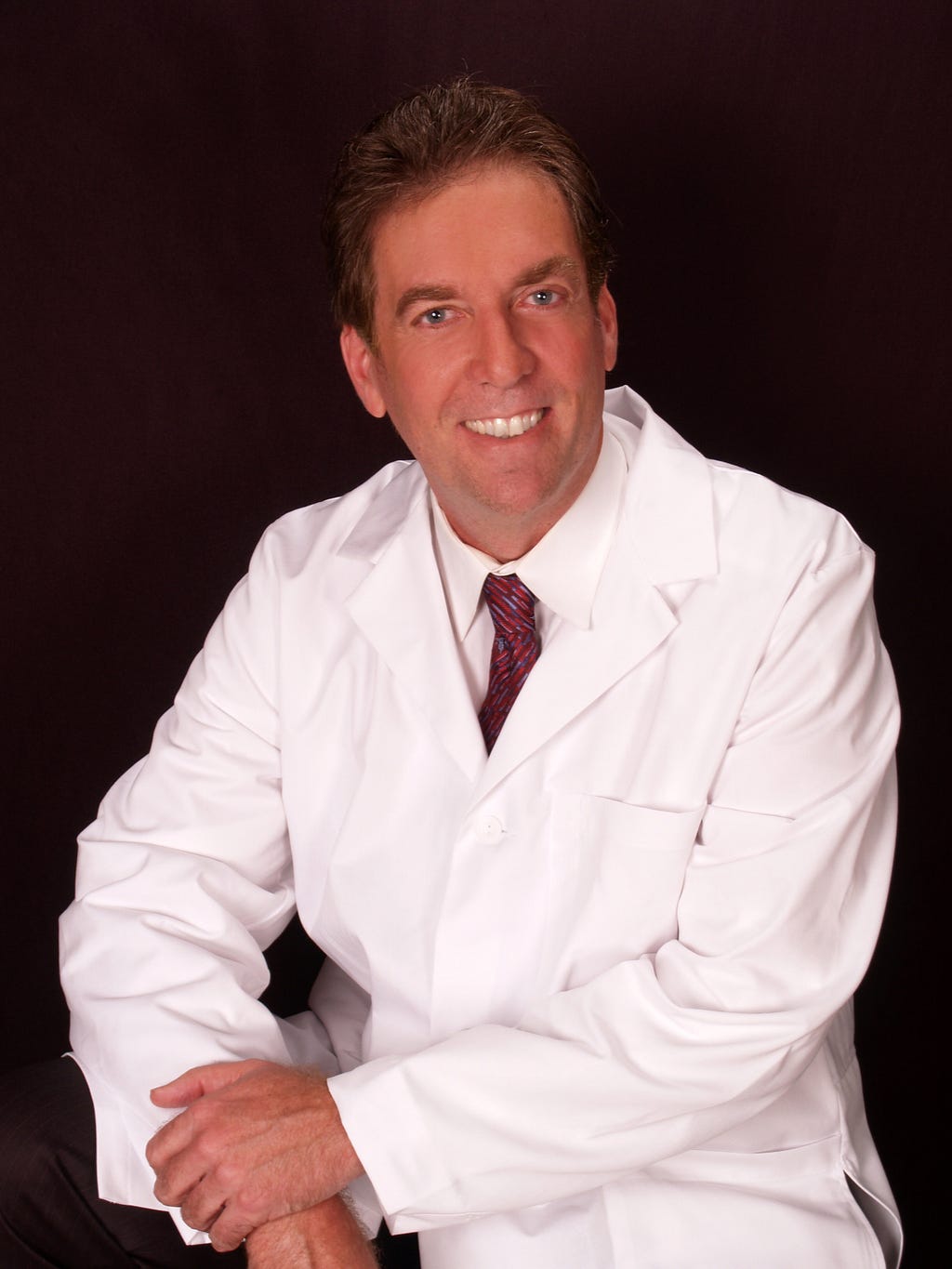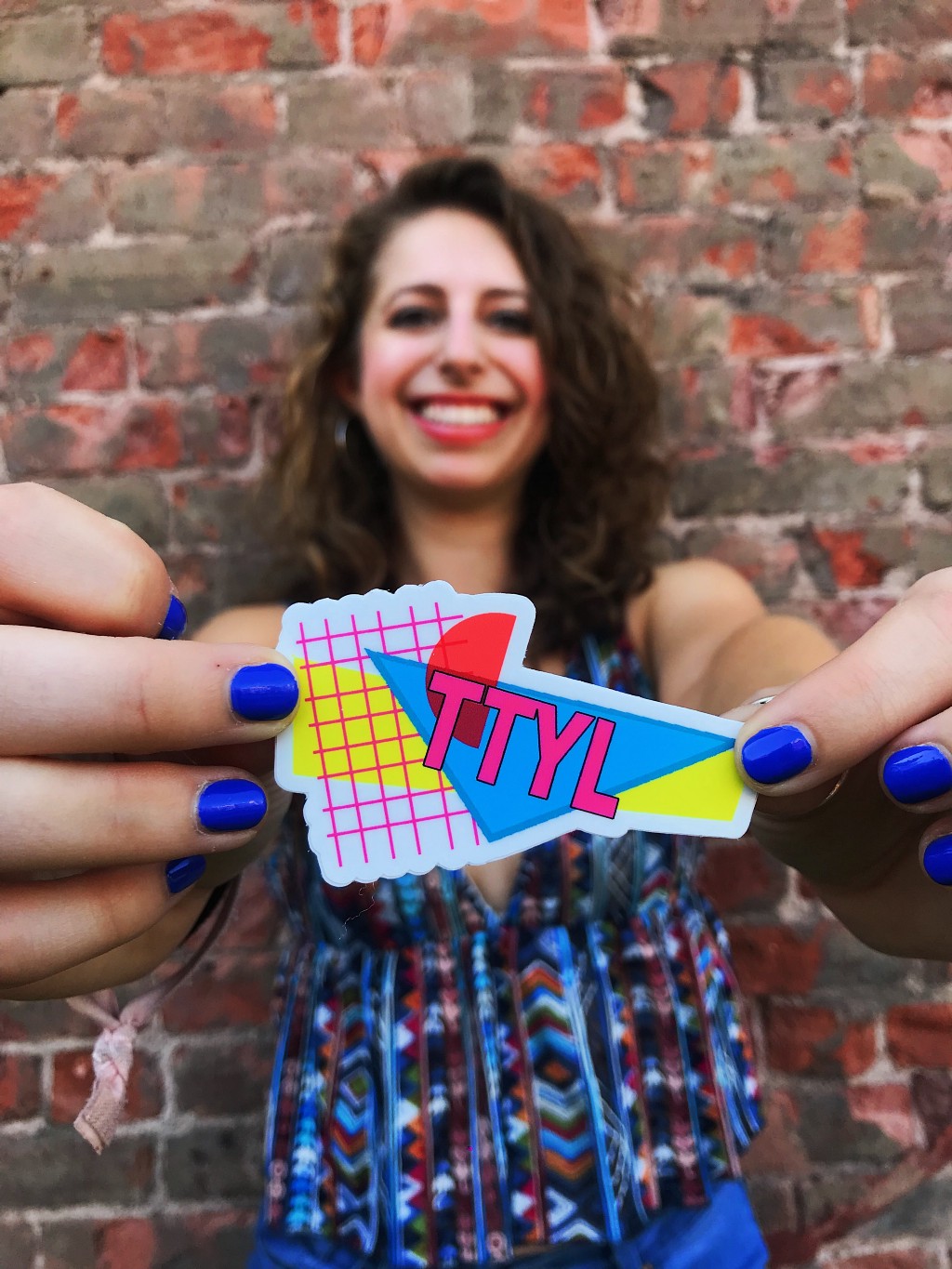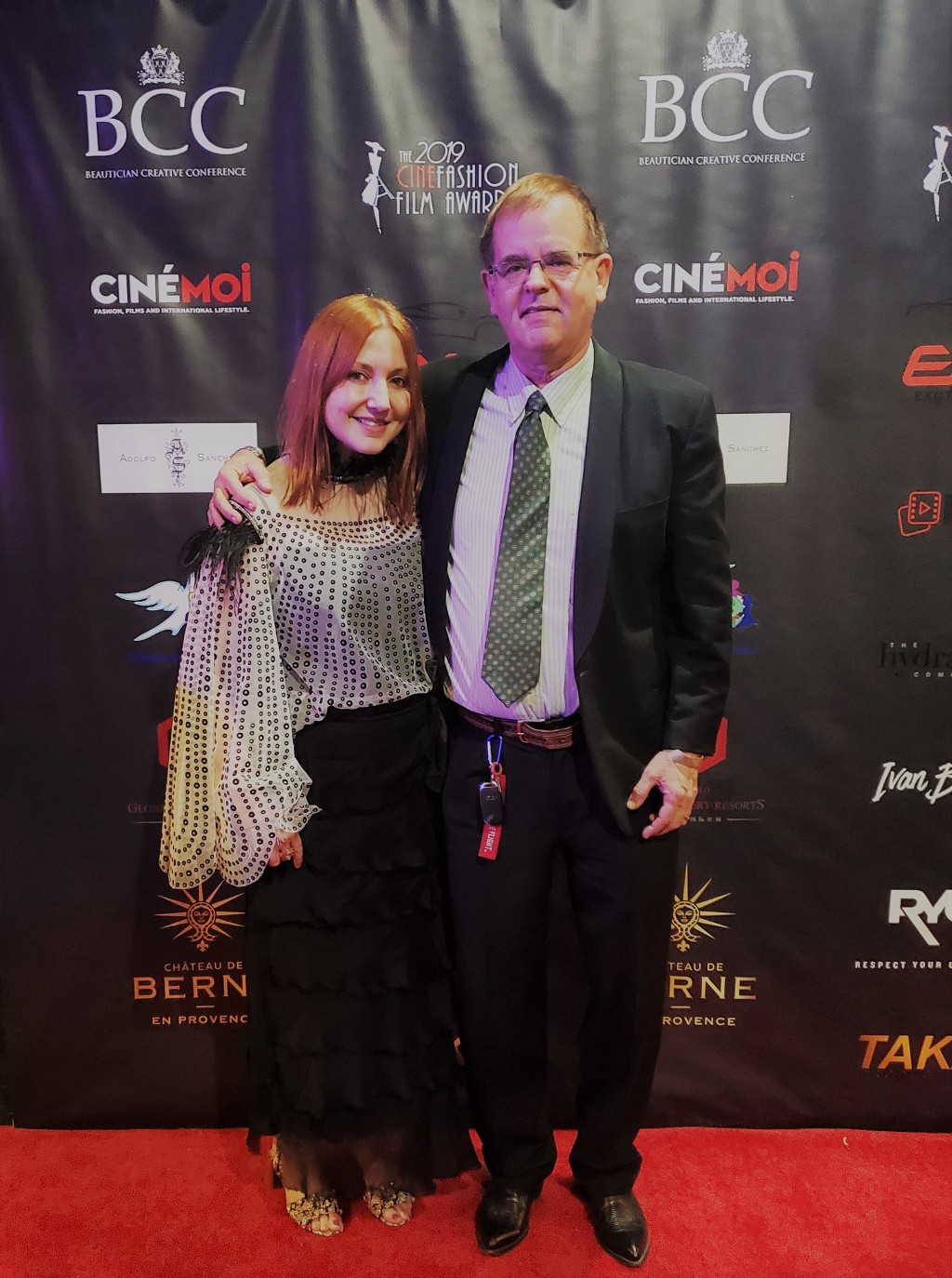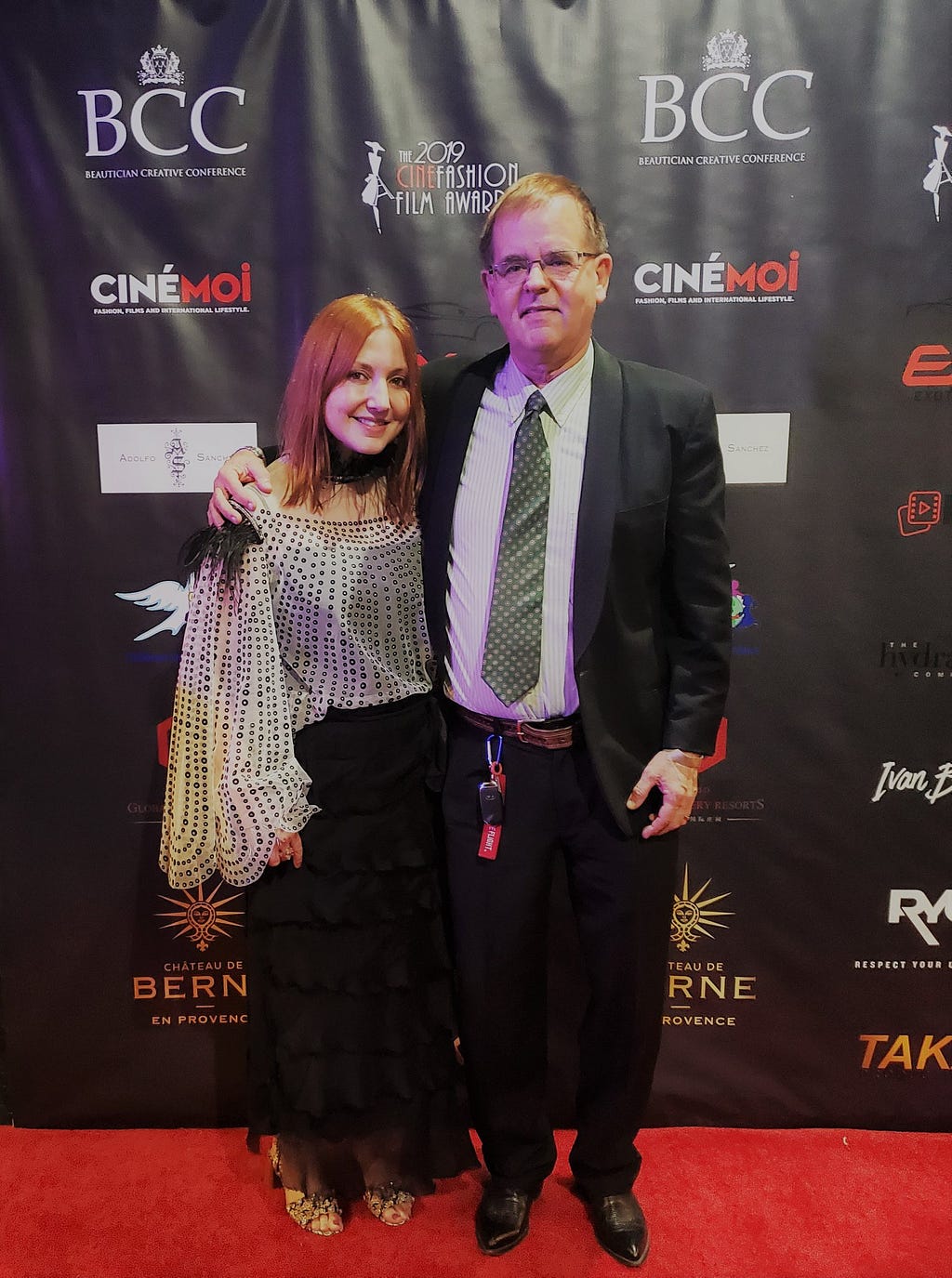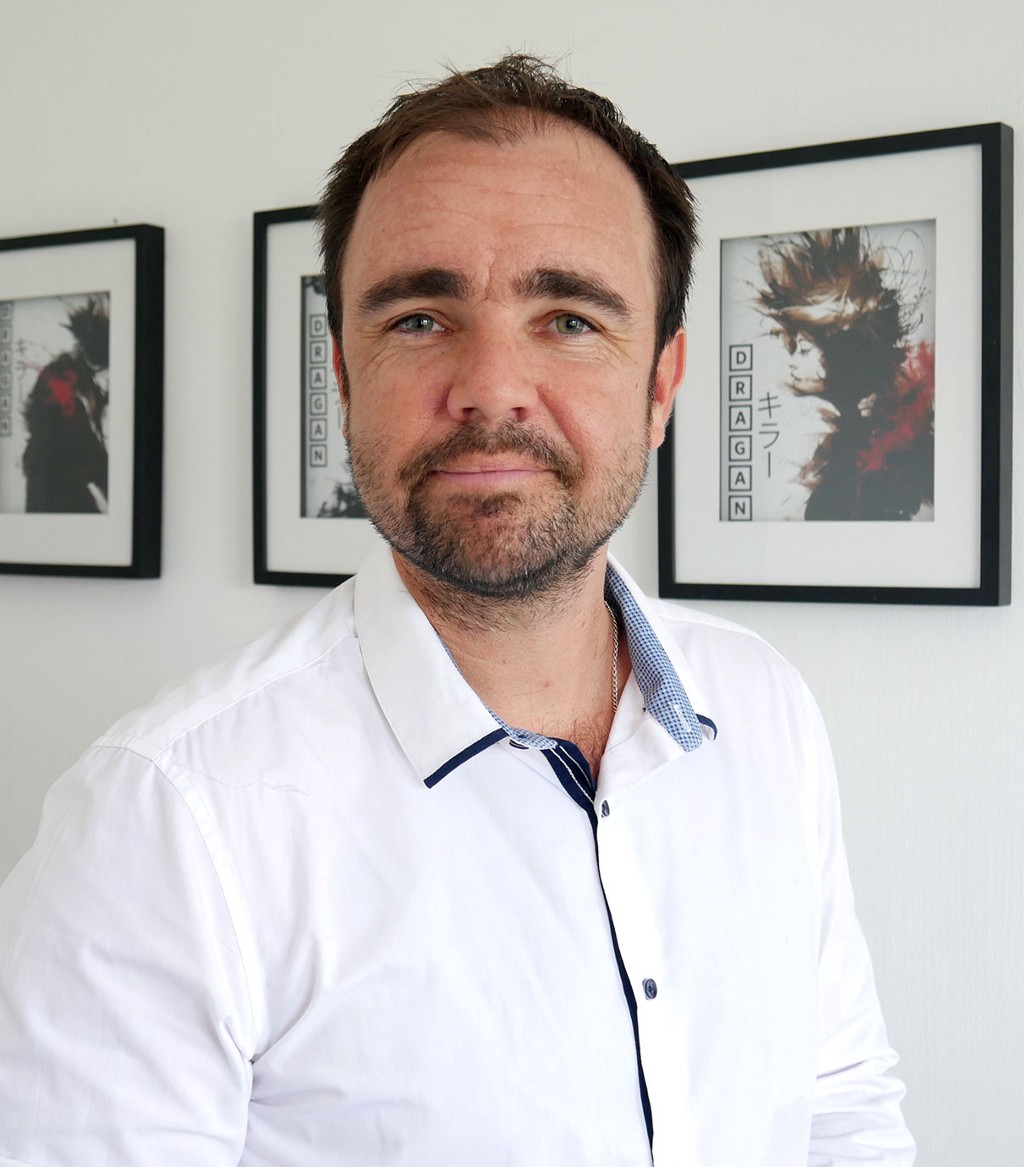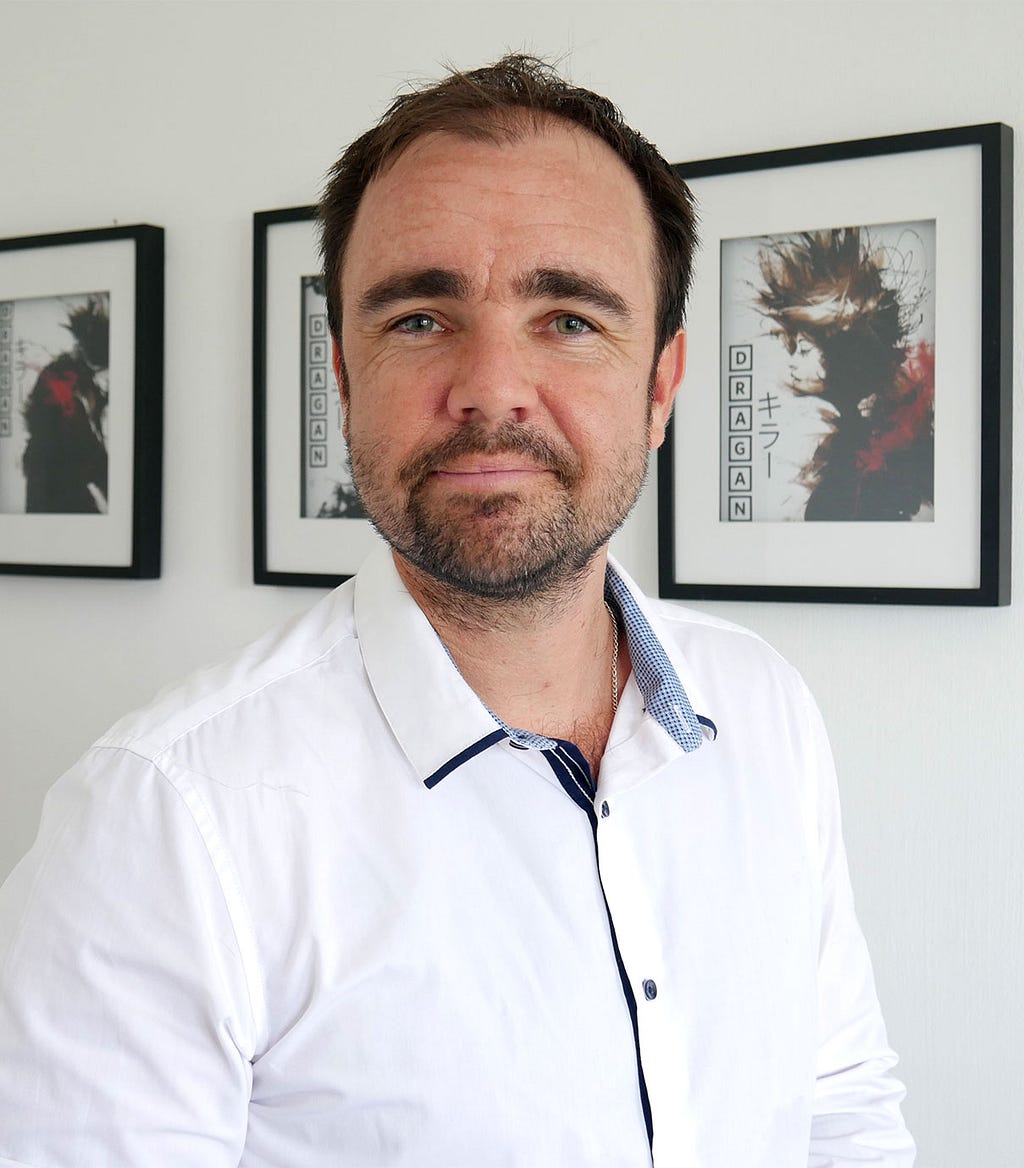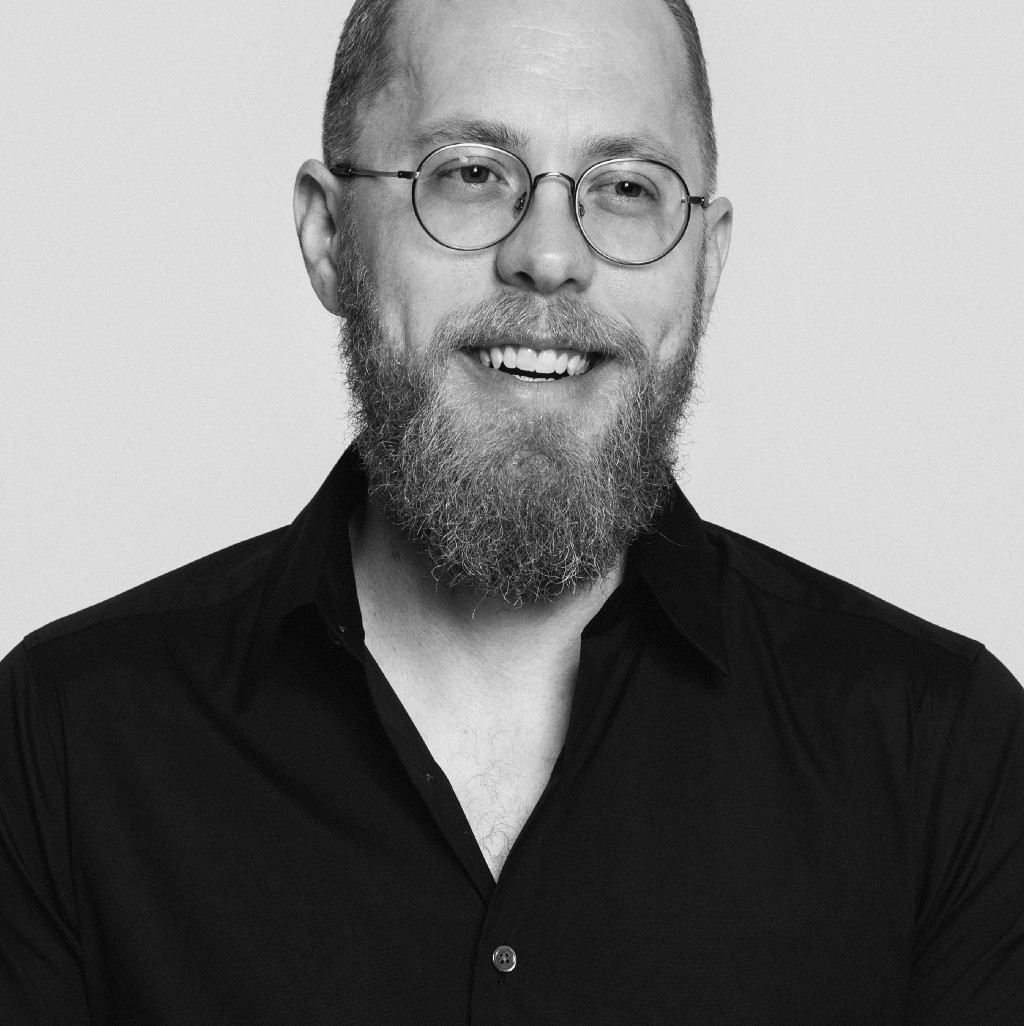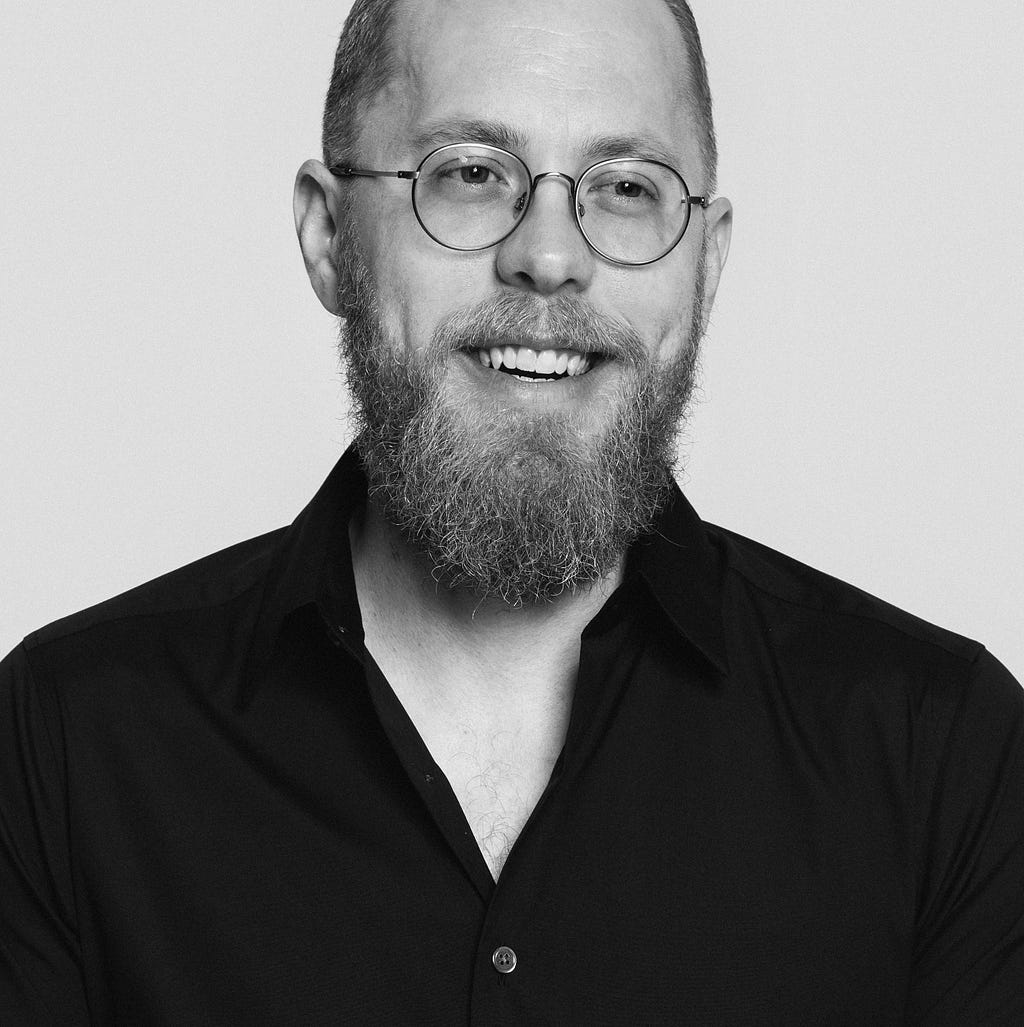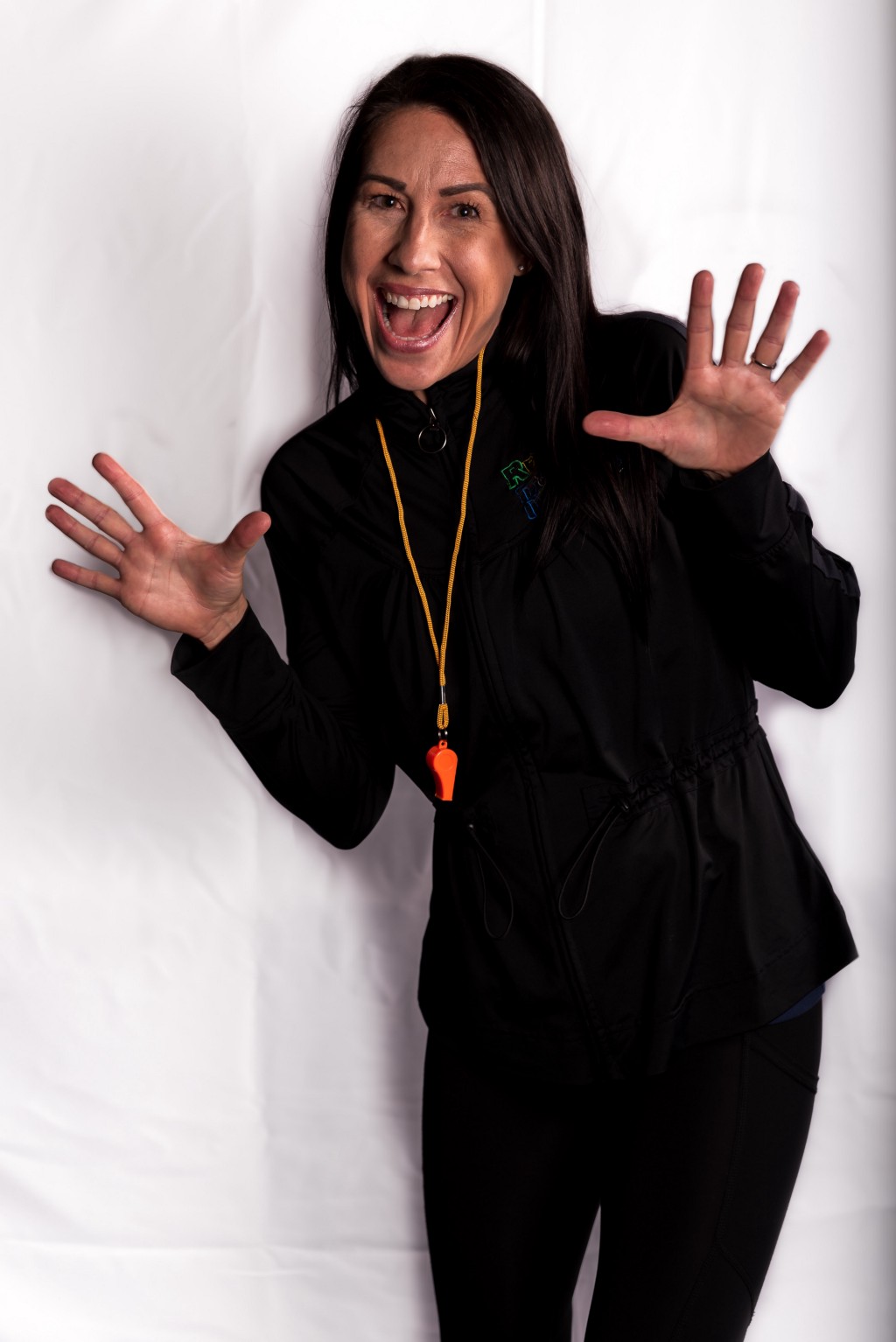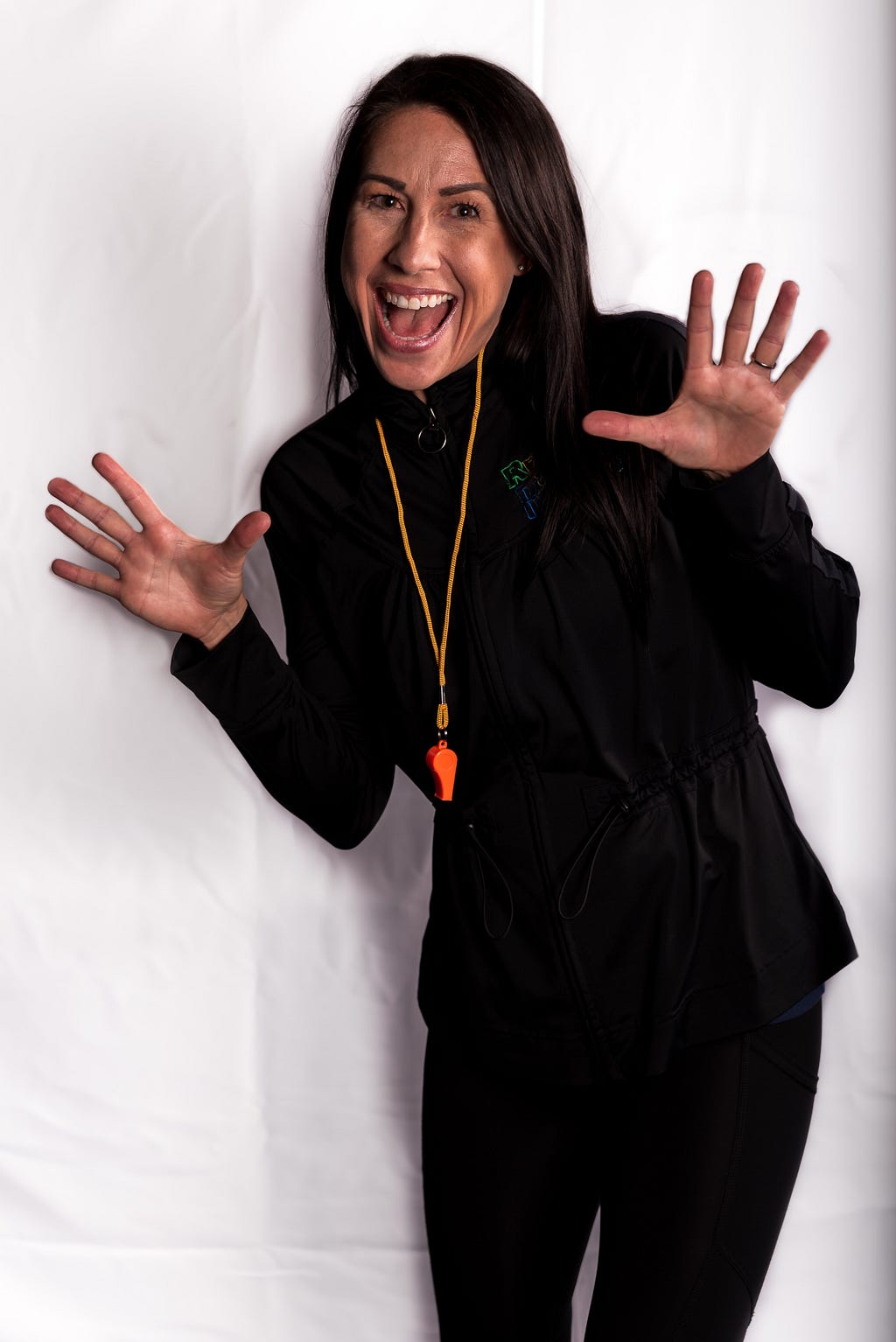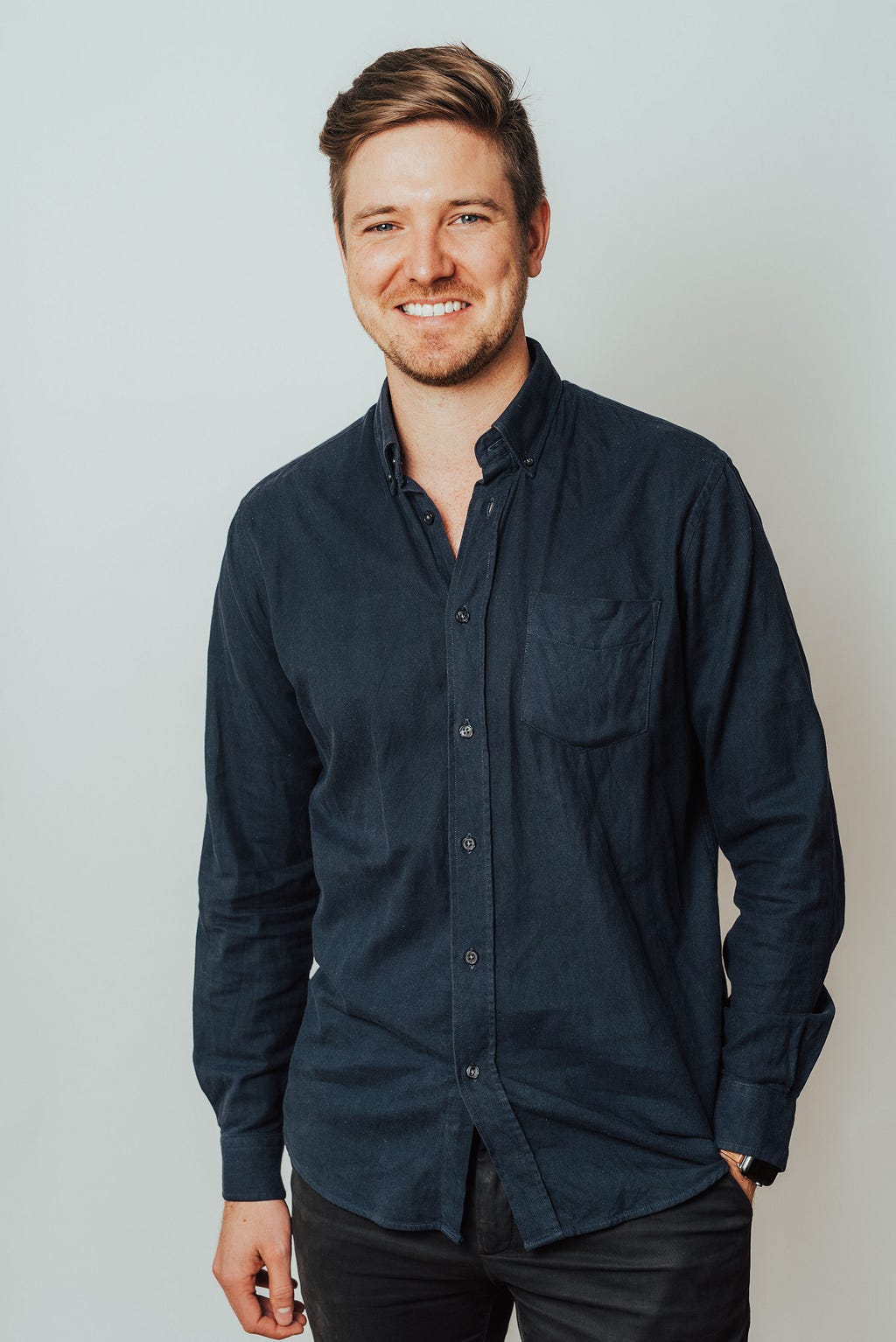
I tend not to listen to or surround myself with people who say something is impossible. Pessimism is like an ocean oil spill. It robs an ecosystem of the energy it needs to flourish. This is why great leaders create cultures of transparency. They let the light in. They embrace change. They recognize that a healthy ecosystem is dynamic, always evolving. They live in the future and thus reject the impossible. Which is why they’re usually anti-pipeline
As a part of our series about “dreamers who ignored the naysayers and did what others said was impossible”, I had the pleasure of interviewing Mike Murchison.
Mike Murchsion, one of Forbes’ Top 30 under 30, is the CEO and Cofounder of Ada, a venture-back AI-powered platform that is transforming how businesses around the world, including TELUS, Medium and AirAsia, provide customer service. Before Ada, Mike answered tens of thousands of customer service inquiries manually firsthand. Using this experience, he set out to build Ada’s platform that puts the benefits of AI into the hands of non-technical support teams to build, manage, and track ROI-driving automated customer experiences.
Thank you so much for joining us! Our readers would love to ‘get to know you’ a bit better. Can you tell us your ‘backstory’?
Before building Ada, I was working on another initiative with my co-founder, David Hariri, and we realized through that project there were considerable gaps in how customers today are serviced. We wanted to understand those problems better, so together we joined multiple support teams to identify the barriers that were keeping businesses from delivering incredible customer experiences. We answered tens of thousands of inquiries, painstakingly and manually addressing each one, to arm ourselves with broad-based insight of what it would take to improve. And it was really through those experiences that Ada was born — with the understanding that live agents have more to contribute than responses to frequently asked questions; with an appreciation for customers’ preference for on-demand, self-service support; and with the knowledge that we could deliver a product that would offer a highly personalized and engaging opportunity for automation across the customer journey.
Are you working on any new or exciting projects now? How do you think that will help people?
We’re always building new things at Ada, and we talk regularly with our customers, industry analysts and thought leaders, to understand the market challenges and how we are uniquely positioned to solve them. What I’m really excited about for the coming year is an increased focus on personalization and segmentation capabilities within our platform. With Ada, you can easily tailor automated customer experiences based on predefined variables. So for instance, Tony from California, who is female, 32 years old, who recently clicked on one of your Facebook ads, and is an elite subscriber to your service, can be offered an automated experience radically different than Phillip, male, 63 years old, who is visiting your website for the first time. Obviously this helps businesses deliver a more meaningful, engaging customer experience in a manner that is aligned with their business goals, but more importantly, it lets customers self serve in a way that makes them feel special. What’s magical about Ada is just how easy we make it for non-technical business leaders to create with our platform.
We will also extend our features to automate conversations across more of the customer journey, from the very first website visit through ongoing support beyond the point of sale. Ada automates more than 100,000 conversations every single day, so we are also making considerable investments for our customers relative to their data and how our machine learning is applied in more sophisticated ways.
In your opinion, what do you think makes your company or organization stand out from the crowd?
Great question, because Ada is indeed in a crowded space and we’re really proud of our reputation and how we stand out. What we hear from our customers and employees is that 1. Ada is special because of the people. It sounds cliche, but I really believe it to be true. Our customers regularly send unsolicited messages about the great service they’ve received, and how they appreciate us as a trusted partner — and that’s a testament to the people at Ada, across all departments, who take our customer relationships to heart. Another reason I believe Ada stands out is because in the field of AI (Artificial Intelligence), there is a lot of confusion and fatigue. Companies are making massive investments of time, effort and money, and it is an excruciatingly slow process before they realize meaningful value. Companies typically endure a debilitating dependence on IT resources to bring AI to life, and business stakeholders are left in the dust, their needs unmet. With Ada, companies are able to deploy AI and realize value very, very swiftly — inside of 30 days. What’s more, because of the way our platform is architected, business stakeholders can own and manage the platform with little-to-no dependence on IT. So the complexities of AI are very much behind the scenes, and companies can focus on driving business results — cost savings, improved customer satisfaction and new revenue.
Ok, thank you for that. I’d like to jump to the main focus of this interview. Has there ever been a time that someone told you something was impossible, but you did it anyway? Can you share the story with us? What was your idea? What was the reaction of the naysayers? And how did you overcome that?
I tend not to listen to or surround myself with people who say something is impossible. Pessimism is like an ocean oil spill. It robs an ecosystem of the energy it needs to flourish. This is why great leaders create cultures of transparency. They let the light in. They embrace change. They recognize that a healthy ecosystem is dynamic, always evolving. They live in the future and thus reject the impossible. Which is why they’re usually anti-pipeline 😉
Impossible is a euphemism for hard. What I mean by this is if you ask someone why something is impossible, it often becomes clear that what they really mean is that the thing is very hard.
One of the keys to Ada’s success has been that we’ve built a team of people who are energized by hard things. Hard things are learning opportunities. Learning opportunities are gifts of self-improvement. When viewed this way, the pursuit of the “impossible” is an exercise in improving oneself.
None of us are able to achieve success without some help along the way. Is there a particular person who you are grateful towards who helped get you to where you are? Can you share a story about that?
I had the privilege of working on a company with my mentor, Vicki Saunders, who now runs SheEO the world’s largest community of women-lead ventures.
Vicki taught me the power of learning by doing and the magic of believing in someone even if they don’t believe in themselves.
Vicki regularly threw me into the deep-end, expecting me to accomplish things I thought I required decades more experience to execute effectively. At times her expectations seemed crazy to me. But she’d tell me she was confident I could do it with a stare and a smile.
Accomplishing these goals became a cycle of proving myself wrong, and Vicki right. She gave me the gift of confidence by creating an environment where I was able to prove it to myself.
And that’s one way I try to lead others today.
It must not have been easy to ignore all the naysayers. Did you have any experiences growing up that have contributed to building your resiliency? Can you share the story with us?
When I was 19 I sustained a serious head injury, and was told by physicians that I wouldn’t realize what a bunch of tests said was my potential.
This experience fostered a deep, competitive drive to prove them wrong, a thirst for self-improvement, and a desire to do really hard things.
Temporarily losing some of my cognitive abilities forced me to develop a closer relationship with my own cognition. I became very attuned to how I think and how I learn. I developed a coaching-like relationship with myself.
It’s this relationship that taught me about resilience, and continues to teach me today.
As a coach, I push myself hard. I want to get better every day. But as with professional athletic coaches, a coach that drives their players too hard, doesn’t get the best out of them on gameday. So learning I’m to be compassionate with myself, and to toe the line between intensity and kindness.
Based on your experience, can you share 5 strategies that people can use to harness the sense of tenacity and do what naysayers think is impossible? (Please share a story or an example for each)
The single most important thing you can do to harness a sense of tenacity is to learn to listen to yourself.
Listening to yourself is very hard.
It often requires rejecting what many smart, more experienced, people think. It means carving your own path. Tenacity can’t be bred on someone else’s path. It must be your own.
One way to know if you’re on your own path is if everyone around you says that you’re wrong.
For this reason developing tenacity can feel lonely.
But there’s a quiet comfort and satisfaction with being on your own path. With a decision truly being your’s. It means that you own the outcome. And if you own the outcome you can’t lose.
You’ll either have accomplished what you set out to, or you’ll have learned a lot along the way. You win no matter what. And that’s why tenacity is such a powerful fuel.
What is your favorite quote or personal philosophy that relates to the concept of resilience?
“If the path before you is clear, you’re probably on someone else’s.”
― Joseph Campbell
You are a person of great influence. If you could inspire a movement that would bring the most amount of good for the greatest number of people, what would that be? You never know what your idea can trigger.
The next time a friend shares an aspiration with you, I challenge you to respond by saying “how can I help?”
Too often, our ideas and dreams are subtly undermined by our peers. We pretend that scrutiny is helpful as we seek to explain to our friends why something won’t work.
But there’s very little virtue in negativity. And ideas in their infancy, while bright and full of energy, are very fragile.
So they need to be nurtured and protected. And we need to do a better job of doing that.
Can our readers follow you on social media?
Absolutely — on Twitter @mimurchison; on LinkedIn https://www.linkedin.com/in/mikemurchison/
Thank you for these great stories. We wish you only continued success!
Dreamers: “They told me It was impossible and I did it anyway” With Mike Murchison was originally published in Authority Magazine on Medium, where people are continuing the conversation by highlighting and responding to this story.


